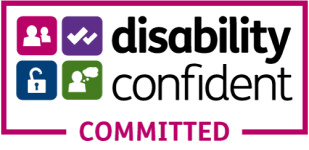Statutory Assessments at Primary School
What statutory assessments will my child take?
In Year 1, all children have to sit a phonics screening test. This test is designed to indicate whether a child has the required ability to phonetically decode and read words. Children are shown a number of words (both real words and pseudo-words) which they have to be able to read using phonic knowledge.
In Year 2 and Year 6, children are tested in the summer term to determine whether or not they have reached the required age-related standard in reading, grammar and mathematics. Writing is assessed in school as a part of their on-going work in class. Every two years, a small number of Year 6 pupils are selected from across all schools in England to sit an assessment in science. Parents will be informed if this will apply to their child.






